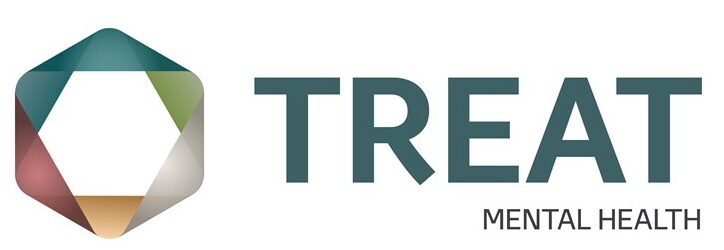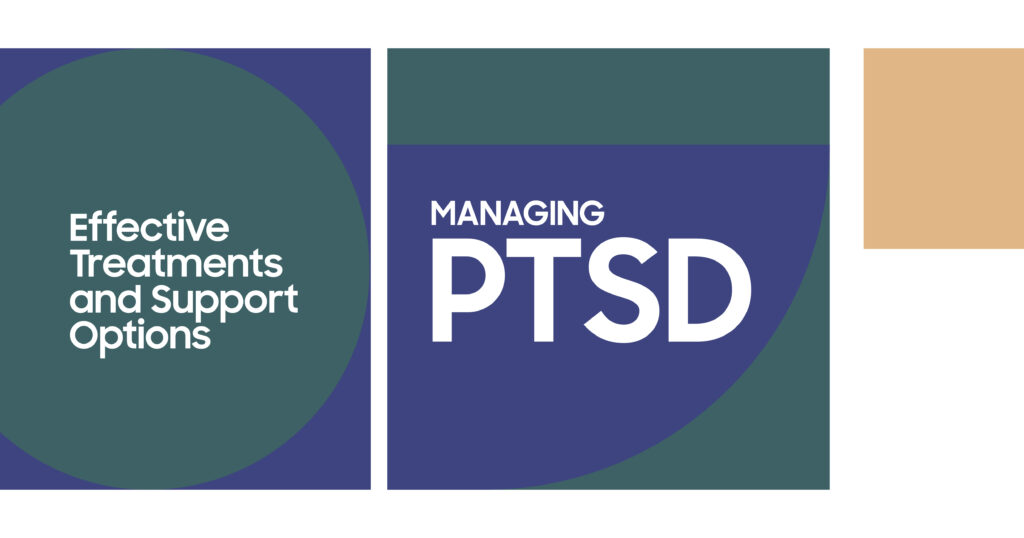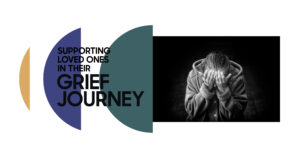Post Traumatic Stress Disorder (PTSD) is a psychological condition that develops as a consequence of a traumatic incident. Anyone of any age or race may be affected by this disorder. Though associated with military veterans, PTSD is also found in the victims of other traumatic events like car accidents, earthquakes, violent crimes, abuses, and other unfortunate occurrences.
PTSD sufferers mostly find it difficult to cope with distressed thoughts, flashbacks, increased anxiety, and lack of control over emotions. It interferes significantly with relationships, work performance, and the overall welfare of such individuals. Nevertheless, there are many effective therapies and self-coping strategies concerning PTSD that can enable people to recover and live their entire lives.
You’ll find in this guide an all-inclusive approach to effective treatment for PTSD, trauma recovery techniques, and self-help materials, and the best treatment options available.
Understanding PTSD: Symptoms, Causes, and Triggers
What Is PTSD?
PTSD is such a psychiatric problem that an individual develops after going through a distressing incident. The severity of PTSD symptoms differs in individuals. Some people can heal naturally with time but require the help of professional counseling services for managing PTSD symptoms.
Four primary symptom clusters characterize the condition:
- Intrusive Symptoms. PTSD victims frequently have difficulty recalling, disruptive memories, nightmares, and flashbacks about the traumatic event. These intrusive symptoms resemble reliving a trauma, rendering it difficult for anyone to focus on the present.
- Avoidance Behaviors. Such injuries cause many people just to avoid certain places, people, or situations that remind them of their trauma. This can result in avoiding social situations and making it hard for individuals to have a regular life routine.
- Negative Mood and Cognition Changes. An individual suffering from PTSD may have long-lasting negative feelings of sadness, guilt, or hopelessness about their image, an inability to remember things or a sense that the world has become a very hostile place.
- Hyperarousal and Reactivity. An individual may feel a state of hypervigilance, be easily startled, and have difficulty sleeping or concentrating. This prolonged hyperalert state can lead to chronic stress and exhaustion.
Common Causes of PTSD
PTSD can develop after various types of traumatic experiences, including:
| Military Combat | Exposure to wars and violent conflicts has been known to cause significant psychological disturbances. |
| Sexual or Physical Assault | Some survivors of violent crimes develop post-traumatic stress disorder following traumatic experiences. |
Serious Accidents | Car accidents, job-related accidents, and any other accidents that threaten one with death are examples of serious accidents that induce PTSD. |
| Natural Disasters | Hurricanes, earthquakes, and fires can lead to prolonged emotional distress. |
| Childhood Abuse or Neglect | Trauma during early life has long-term psychological consequences that may manifest as PTSD in adulthood. |
Understanding PTSD Triggers
The initial situation is sensory or emotional reminders that lead to flashbacks of the trauma experienced by a person with PTSD. Every individual’s triggers are different and can include particular sounds, smells, sights, or even dates that bring about anniversaries of the traumatic event.
Identifying triggers is one of the main aspects in the management of post-traumatic stress because it enables persons to develop strategies for overcoming distress when reminders of the trauma occur.
How PTSD Is Diagnosed
A PTSD diagnosis can be established only through the given criteria in the Diagnostic and Statistical Manual of Mental Disorders (DSM5) by a licensed mental health practitioner. To qualify, the symptoms must continue for over a month, resulting in considerable functional impairment in everyday life.
PTSD Screening and Assessment
Mental health professionals apply various modes of assessment and means of screening to evaluate PTSD symptomatology. Some of the most widely used diagnostic tools include:
- The PTSD Checklist for DSM5 (PCL5). A self-report questionnaire assesses the severity of symptoms.
- Clinician-Administered PTSD Scale (CAPS5). Structured Interview for the Assessment of PTSD Severity.
- Impact of Event Scale (IESR). The measure of the distress from traumatic memories.
These specific assessments are helpful for professional analysis to come up with the best strategies for the treatment of PTSD, depending on the needs of an individual.
Best PTSD Treatment Options
Psychotherapy for PTSD
The significance of psychotherapy in managing PTSD is that numerous varieties are employed to help individuals heal and acquire new and better coping skills.
Cognitive Behavioral Therapy (CBT) is the usual therapy for individuals suffering from PTSD to attempt to accept their faulty beliefs without immediate retaliation. Cognitive Processing Therapy (CPT), which alters this dysfunctional thinking, is also used treating the disorder.
CPT has been investigated well in various studies. Still, it, along with CBT, is a form of exposure therapy with the involvement of repeated exposure to memories in a controlled environment. This process weakens the fear and avoidance behavior present in PTSD.
EMDR is very different, as it uses eye-tracking as a spectacle to process memories for the individual’s benefit. It helps process traumatic memories and reduces their emotional bluntness.
Medications for PTSD
Psychotherapy is the first-line treatment for post-traumatic stress management, while medication may benefit some patients in controlling symptoms. Antidepressants are among the most prescribed drugs by clinicians to amend mood and anxiety and include selective serotonin reuptake inhibitors like sertraline (Zoloft) and paroxetine (Paxil).
Some medications like Prazosin could also be given to treat nightmares and sleep disturbance in PTSD. However, medications will work best if combined with therapy and other methods of trauma recovery.
Emerging PTSD Treatment Methods
New experimental techniques have been devised for the treatment of PTSD. The use of MDMA in therapy, which is being tested in clinical research, appears to reduce the symptoms associated with PTSD by providing emotional processing during treatment sessions.
Another approach is Ketamine therapy, which has now been applied to treatment-resistant PTSD. Some studies have shown that ketamine can bring rapid relief from PTSD symptoms, but more proof is still required.
Self-Help Strategies for PTSD Management
Professional treatment is a necessity, but self-help strategies might be an essential part of the PTSD coping strategy and prolonged recovery.
Mindfulness and meditation exercises focused on reducing stress positive management techniques, deep breathing exercises, progressive muscle relaxation, and guided meditation techniques to improve emotional regulation.
Regularly exercising has also proved to help manage PTSD symptoms when endorphins are released into the body, and general well-being improves with such activity. Hobbies, journaling, and practicing creative expression could provide an outlet for emotional processing.
There are many local PTSD self-help resources on the Internet, such as unique mobile apps, books, and virtual support communities, which offer help with improvement and coping.
Building a Support System for PTSD Recovery
The Role of PTSD Support Groups
Within the community, trauma survivors find an environment that feels safe and supportive, granting distant connection with individuals experiencing the same trials. These groups offer an emotional understanding and inspiration to share PTSD coping strategies to remove the feeling of being alone.
PTSD therapy options are available on an individual and group basis, both face-to-face and online. The support group, which allows individuals from all types of life, urban and rural, is found under large and small organizations like the National Center for PTSD and local community centers.
How Family and Friends Can Help
Support from loved ones is essential in PTSD recovery. Family members and friends can:
- Listen to the person without emotional judgments and be a source of emotional support.
- Encourage that person to seek professional treatment if necessary.
- Respect personal space and allow individuals to heal at their own pace.
- Caregivers need to practice self-care.
- If overwhelmed, they should seek support.
Professional PTSD Counseling Services
PTSD counseling services offer expert support and treatment customized for every need. With flexible and confidential sessions, counseling is available through private therapists, community mental health centers, and teletherapy platforms.
Taking the First Step Toward Healing
PTSD is complex, but there are treatments and other ways to cope and support systems to put lives back together. Challenging the stigma and setting foot on the road to healing takes courage.
Consider reaching out to mental health professionals about recovery, self-help support groups, or health resources to get help, either for yourself or someone else who is going through these types of mental health issues. You are not alone. Help is here!
FAQs
What is the most effective treatment for PTSD?
The best forms of treatment for PTSD include CBT and EMDR. Treatment varies according to the needs of the person seeking it.
Can PTSD go away on its own?
Although specific symptoms pay off over time, professional methods of treatment for PTSD greatly enhance recovery chances.
Are PTSD support groups beneficial?
Yes! They provide peer encouragement, shared experiences, and rough practical techniques for coping.
Can lifestyle changes help with PTSD symptoms?
Undoubtedly! Regular exercise, mindfulness, and a healthy sleep routine can help manage post-trauma stress.
Is medication always necessary for PTSD?
Not in all cases. Some people need therapy only to cope with PTSD, while others have to undergo both medication and therapy.







